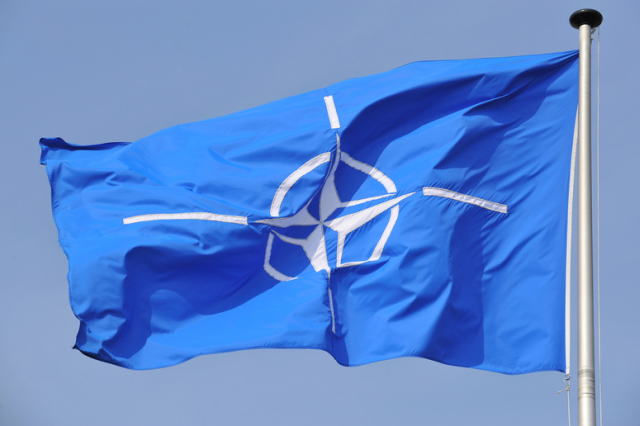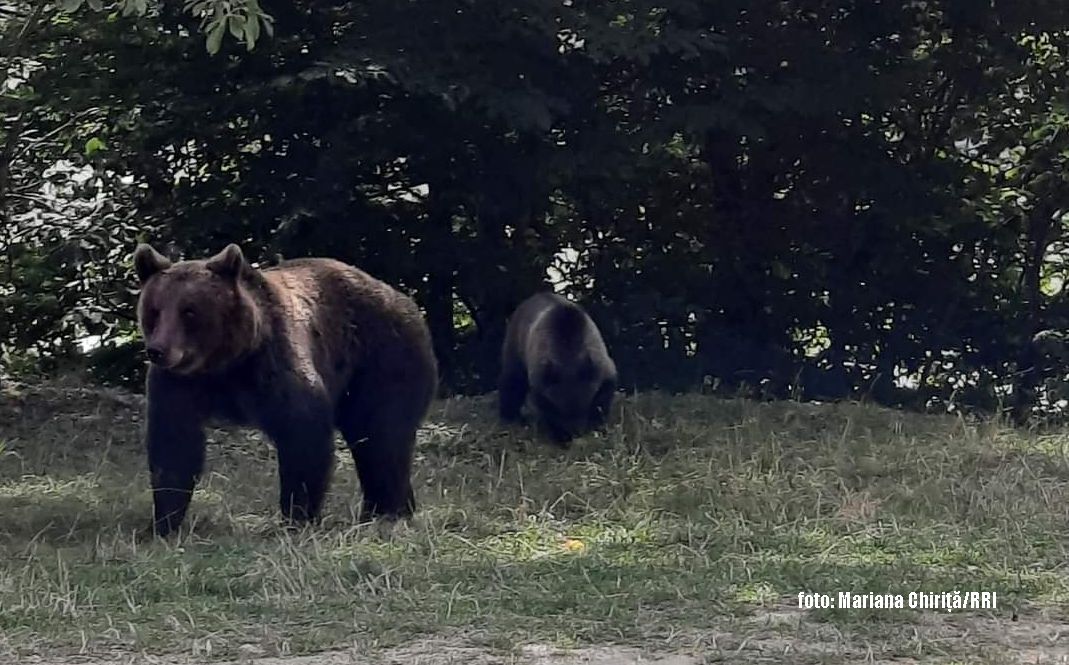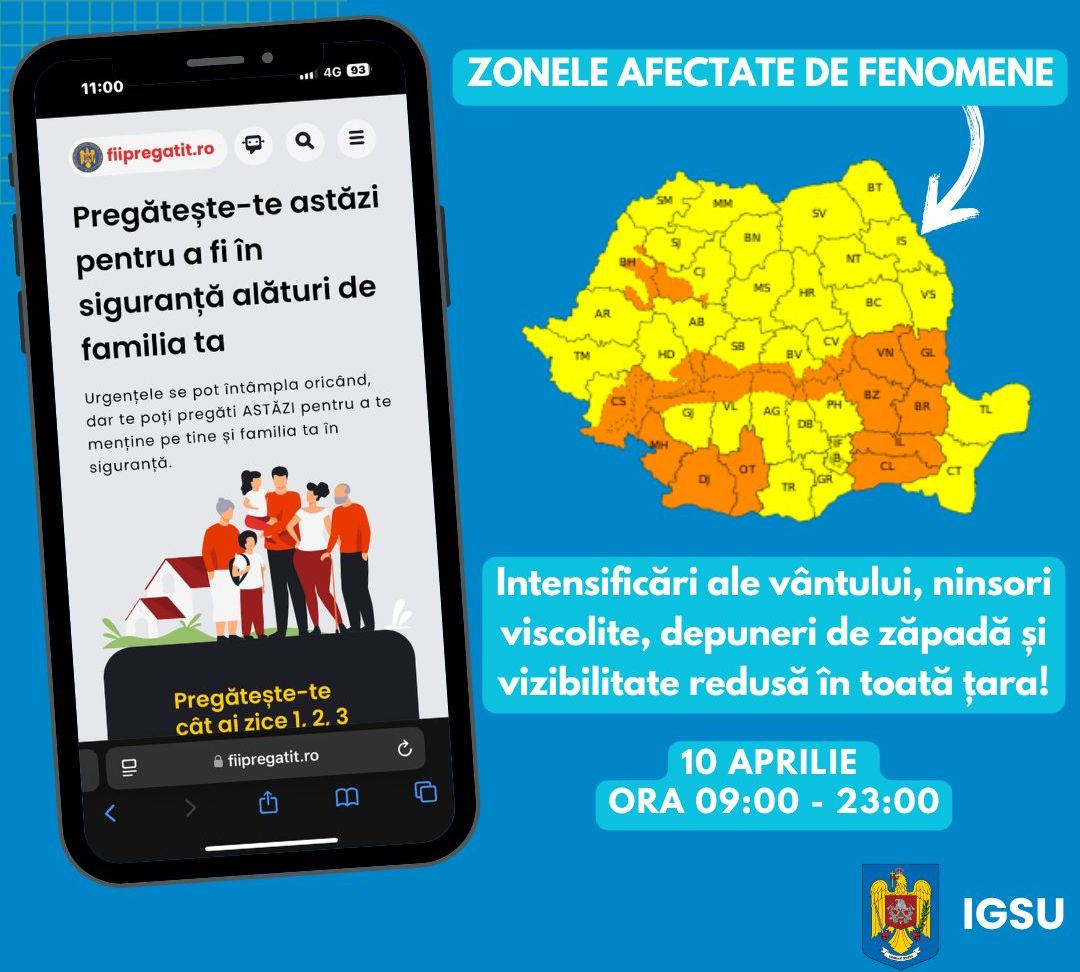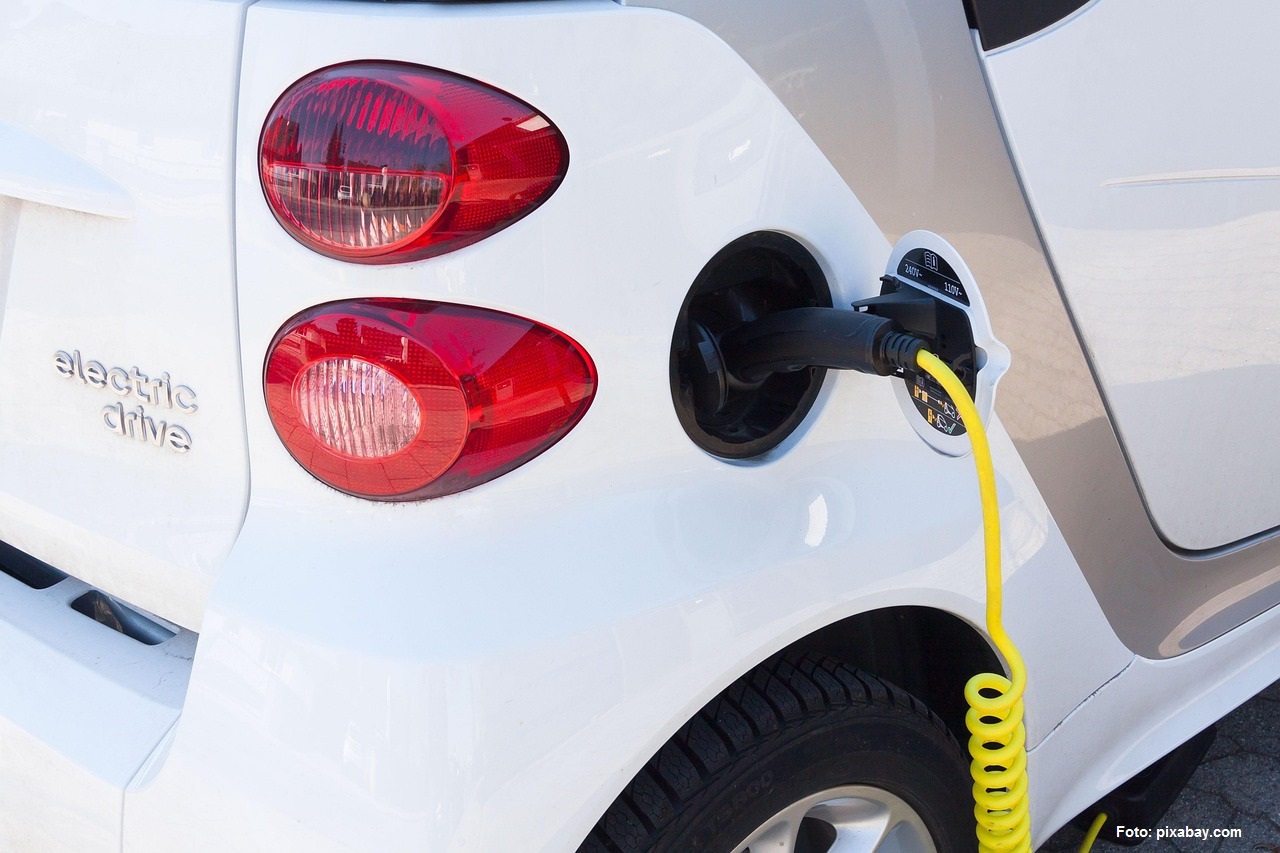NATO and security in Eastern Europe
NATO does not seek a new arms race with Russia but it had to adjust to the new security environment, NATO chief Jens Stoltenberg said at a meeting of NATO defence ministers on Wednesday in Brussels

Bogdan Matei, 25.06.2015, 14:55
NATO’s move is a response to Russia’s aggressive actions in eastern
Europe. To annex a part of another country is not defensive… that is an act of
aggression, said Stoltenberg, referring to Moscow’s occupation of the
Ukrainian peninsula of Crimea in March 2014. Moreover, the NATO official added,
Russia continues to send troops and equipment to help separatists in eastern
Ukraine. This is why NATO had to constantly increase the size of its rapid
response force.
Jens Stoltenberg: First, we decided to increase further the strength and
capability of the NATO Response Force, including its air, maritime and special
operations components. All together, the enhanced NATO Response Force will
consist of up to 40,000 personnel. This represents a substantial increase from
the previous level of 13,000. Second, we took measures to speed up our
political and military decision-making, while maintaining political control.
Earlier, Washington also announced that it would
deploy heavy weapons to Eastern Europe. From Lithuania, at the Baltic Sea, to
Romania, at the Black Sea, its east-European allies will be hosting tanks,
armoured vehicles and artillery for 5,000 troops. NATO defence ministers also
approved a financial assistance package to consolidate the defence capabilities
of the Republic of Moldova, an ex-Soviet state with a majority
Romanian-speaking population. A buffer state between Romania and Ukraine,
Moldova is not part of NATO, but is a neutral state, according to its
constitution, which makes it even more vulnerable to Russia’s new territorial
appetite.
On his country’s behalf, the Romanian defence
minister Mircea Dusa hailed the decision to provide assistance to Moldova,
which he sees as an investment in both Moldova’s and Romania’s security. Dusa
also called for speeding up the opening of a NATO liaison office in Moldova.
Military experts recall that in 1992, Moscow exercised there, albeit at a
smaller scale, today’s actions in Ukraine. At the time, less than a year after
proclaiming its independence, Moldova de facto lost control over its
pro-Russian region of Transdniester following an armed conflict that left
hundreds of people dead and which only ended with the intervention of the
Russian troops siding with the separatists.






























